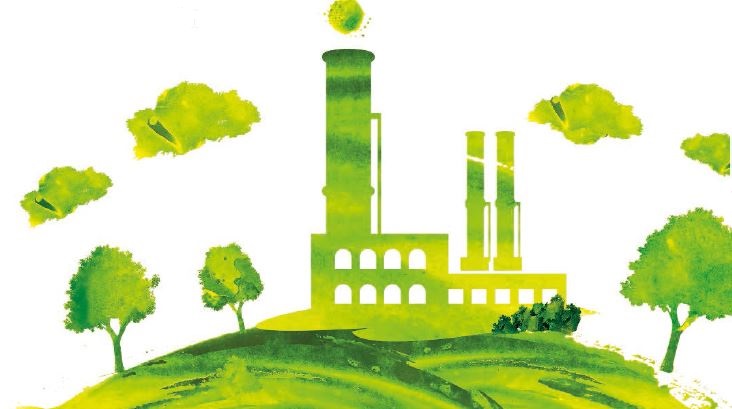Can you briefly explain why you have developed environmental heat transfer fluids?
Gérard Abidh.: We’re always scanning the horizon for breakthroughs and studying the relevant academic literature and publications to stay informed. The synergy between Dehon business lines and the information gathered in the field have led us to focus on freedom from fossil fuels, which are the basis of standard heat transfer fluids. The first advance in this area dates back fifteen years. That is when we launched betaine-based Thermera -15°C and -35°C in Northern Europe, where people were more environmentally aware than those in other regions at the time. Thermera fits the bill for standard refrigeration and HVAC applications, but we couldn’t expand its range of use to meet growing market demands. So we carried on with our research, and with the development of our bio based 1,3-propanediol formulation, we had a plant-origin renewable raw material that met our needs.
Why are industries more and more eager to use these new heat transfer fluids for their refrigeration processes?
G.A.: There are three major reasons for this attraction to environmental products: the environmental situation, the socio-economic context, and the standards and regulations adopted over the last few years.
Could you elaborate on that point?
G.A.: More stringent regulations provided a strong onus for industrial firms to draft company sustainable development policies. The refrigeration industry was also rocked by directives on the use of refrigerants that were enacted after adoption of the Montreal and Kyoto Protocols. Firms began implementing indirect cooling systems that relegated cold production equipment to the machine room and used heat transfer fluids to transport the resultant cooling capacity to cold points where it was needed. This configuration offers several advantages:– smaller volume of refrigerant– less risk of leakage and reduced direct impact on the environment– wider range of refrigerants and improved safety for use of hazardous—that is, flammable or toxic fluids– easier operating procedures and facility conversion. At the same time, the International Organisation for Standardisation released guidelines that help organisations adopt proactive approaches to environmental and energy management, with ISO 14000 and 50001 respectively. Today an awareness of the need to protect the environment is essential to the industrial processes that drive economic growth.
Do environmental heat transfer fluids hold promise for other sectors?
G.A.: As I touched on earlier, our new bio based 1,3-propanediol formulation allowed us to extend the range of use for environmental heat transfer fluids, opening doors to new industrial applications. For the cooling industry, a non-toxic heat transfer
fluid with low viscosity for use at -55°C means greater energy efficiency. It is also an attractive solution for food processing industry activities. We are also dedicating more research effort to the development of a heat transfer fluid that meets the
requirements of solar thermal equipment manufacturers. It must be stable at temperatures up to 200°C, protect equipment from damage by freezing, and prevent corrosion. Furthermore, we offer a plant-origin heat transfer fluid with organic corrosion inhibitors and bacteriostatic properties that has been certified by the French Health ministry for use in single-exchange
heat treatment of water for human consumption. This puts us at the forefront of the transition to environmentally friendly, energy-efficient processes.
Download the leaflet Greenway® Neo

Gérard Abidh
Climalife R & D Manager

